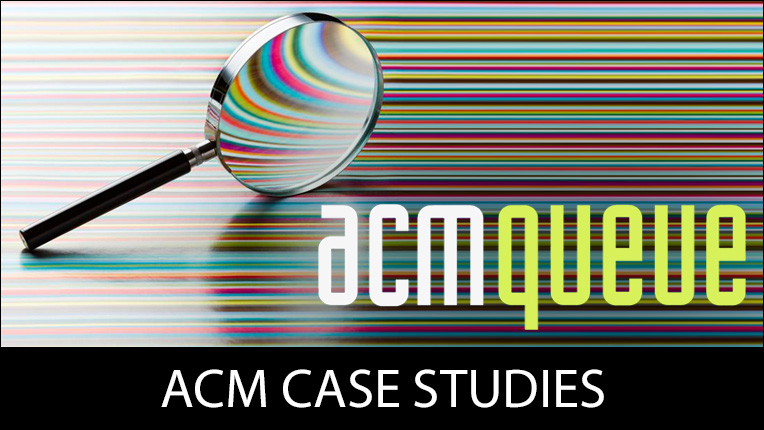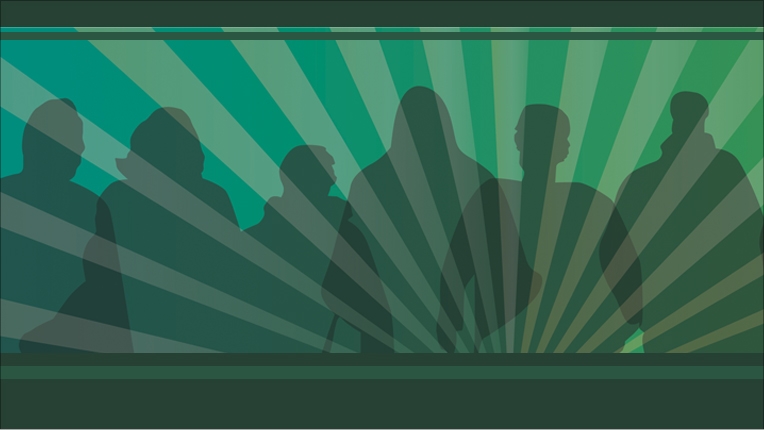Glossary of Printing
Art: All copy used in preparing a printed piece
Bleed: Enlargement of the borders of an illustration so that after printing and trimming to size, the desired margins will be flush with the edge of the sheet or page
Blueline: This is a proof that shows exact color breaks in varying shades of blue on white paper
Break for Color: To separate parts to be printed in different colors
Camera Ready: Copy and/or art ready to be photographed
Color Correction: Adjustments of color values in the reproduction process used to ensure a correct image
Color Keys: Off-press overlay proofs using 3M materials
Color Separation: The conversion of a color photograph or drawing into its component spec tral colors: cyan, yellow, magenta and black (CYMK), with one screened negative produced per color
Contact Screen: A screen that photographically produces a dot pattern on films and plates to create halftone negatives
Continuous Tone: A photograph containing gradient tones from black to white
Copy: All text, photographs and other visuals used in a printed piece
Cromalin: Brand name of DuPont materials used to make off-press color proofs
Crop: To trim portions of a photograph or other visual element
Cyan: A shade of blue ink used in four-coloring printing
Desktop Publishing (DTP): The use of a PC in the creation of fully composed pages, com prised of text and graphics, using off-the -shelf application software that outputs to a laser printer (or other output device) which is typically driven by PostScript (a device-independent page description language).
Dot: Halftones are composed of dots
Drop-out: Parts of originals that will not produce
Dummy: Preliminary layout showing positions of text and illustrations
Film Negative: A photographic negative which reverses light and dark areas
Folio: The page number
Fonts: A complete set of characters in a single typeface. The character set for Times Roman, Times Italic and Times Bold Italic are each different "fonts", comprising a "type family"
Font Size: The size of a font, measured in points, from the lowest descender to the highest ascender
Gathering: The assembling of folded signatures in proper sequence
Galley Proof: A proof of text copy before it is made into pages
Gutter: The blank space from the printing area to the binding. Also known as inner margin
Halftone: The reproduction of continuous-tone photographs by a mechanical or electronic process that converts the image into dots of various sizes
Imposition: The positioning of pages for large press sheets so that when cutting and fold ing is complete the images will be in the correct sequence
Insert: A printed piece that is inserted into a newspaper, magazine or other printed piece
Keyline: An outline drawing that shows the size and position of illustrations and half-tone images
Layout: The placement of elements, such as text and graphics, on a page
Light Table/Box: Table or box with a glass surface that is illuminated from below, used for making transparencies, stripping, retouching or viewing photographic work
Line Copy: Copy that can be reproduced without a halftone screen
Magenta: A red ink used in four-color printing
Mechanical: Camera-ready copy art
Mock-up: A rough representation of a printed piece or design indicating size, color, typestyle and other graphic elements
Moire: The crisscross pattern that appears on color illustrations that are not correctly separated
Off Press Proof: Photomechanical or digitally produced proofs that cost less and take less time than regular press proofs
Overlay: A transparency used to indicate color breaks, instructions and corrections
Overlay Proof: An off-press color proof
Outsert: Any additional printed piece included in a polybag and mailed with the host publication
Pagination: Numbering the pages of a book, newspaper or periodical
Pantone Matching System: The trade mark name for a system of color matching in materials like inks, papers and markers
Paste-Up: See mechanical
Perfect Binding: Books that are bound by glue rather than having pages that are sewn in or stapled
Photo Mechanical Transfer: Mechanically produced photoprints taken from originals to use in paste-ups and presentations
PMS: See Pantone Matching System
PMT: Photomechanical transfer
Position Proof: Color proof used by printer to check position, layout and/or color breakouts
Process Colors: The four colors of printing inks: cyan, magenta, yellow and black
Proof: An impression made from an inked plate, stone, screen, block, or type made to check the accuracy of the piece about to be produced
Register: To put two or more pages in exact alignment
Register Marks: Crosses drawn on original copy before photography to indicate color registration and/or negative positioning
Rubylith: A brand name for sheets of colored membrane on acetate that can be cut to shape to mask irregular areas of artboards
Saddle Stitch/Wire: A method of assembling brochures in which the pages are opened over a saddle-shaped support and stitched through the back
Signature: In printing and binding, the name given to a printed sheet after it's been folded
Stock: The paper to be printed on
Stripping: Assembling two or more photographic images to produce a composite
Tint: Various even tone areas (strengthens/percentages) of a solid color
Tissue Overlay: Thin transparent paper placed over artwork to indicate color breaks and corrections
Trim Marks: Marks that indicate the edge of the page
Velox: A print made from a screen negative
-Up: two-up, three-up, etc. denotes that a piece is being printed on a larger size sheet in order to take advantage of a full press
SIG Editors Manual
Updated November 1993
ACM Case Studies
Written by leading domain experts for software engineers, ACM Case Studies provide an in-depth look at how software teams overcome specific challenges by implementing new technologies, adopting new practices, or a combination of both. Often through first-hand accounts, these pieces explore what the challenges were, the tools and techniques that were used to combat them, and the solution that was achieved.

Lifelong Learning
ACM offers lifelong learning resources including online books and courses from Skillsoft, TechTalks on the hottest topics in computing and IT, and more.

